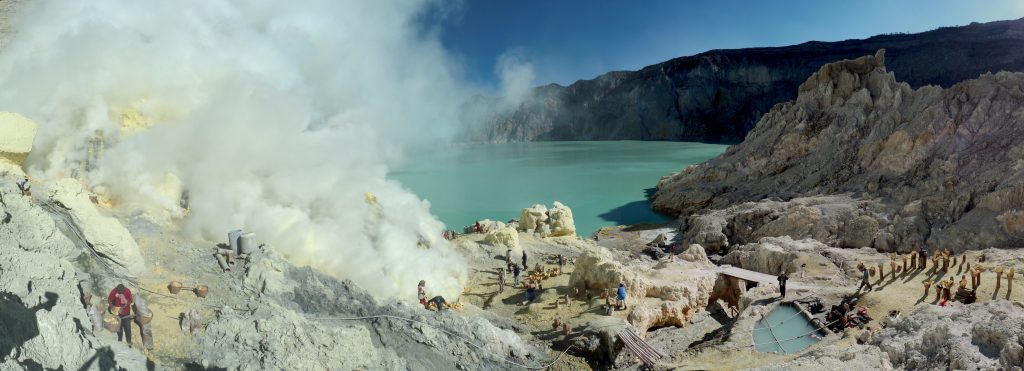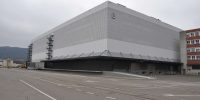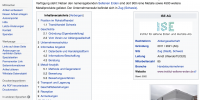Scientists find an efficient way to extract rare earths from acidic mine water.
Penn State University researchers developed a two-step treatment process for acid mine drainage that enabled them to extract higher concentrations of rare earth elements with lower amounts of chemicals than before.
In an article published in the Chemical Engineering Journal, the scientists say AMD from coal mining in the Appalachians is a promising indigenous source of WEEE because it often contains high concentrations of the minerals and because it already contains due to environmental concerns is collected and treated.
This residue is created when pyrite rock - iron sulfide - released during mining activities, interacts with water and air and then oxidizes, producing sulfuric acid. The acid then breaks down the surrounding rock, causing toxic metals to dissolve in the water.
Traditional treatments include catching AMD in ponds and adding chemicals to neutralize the pH. This causes the dissolved metals to settle out of the water and settle out. Up to 70% of the rare earth elements can be extracted as sludge using this process, and the rest is washed out along with the treated water.
What the study's lead author, Behzad Vaziri Hassas, and his colleagues found is that they could extract a higher concentration of rare earths and other critical minerals by adding carbon dioxide to AMD and then bringing it to a neutral pH of 7 , the goal for environmental rehabilitation.
It works in such a way that the CO2 causes chemical reactions that lead to the formation of solid minerals, the carbonates. The rare earth elements combine with the additional carbonates and precipitate at lower pH values of the water and form solid minerals.
In their article, the researchers report that using this method, 90% of the aluminum was recovered at a pH of 5 and 85% of the rare earth elements at a pH of 7.
In their opinion, recovering the same concentration of rare earth elements from AMD using conventional treatment methods would require the addition of additional chemicals to raise the pH above 7. Therefore, they believe that the new treatment method could make the domestic rare earth element market more competitive by reducing the cost of recovery.
"With a simple modification of the existing treatment process, the industry could use fewer chemicals and get more value out of AMD waste," said Mohammad Rezaee, one of the study's authors, in a media statement.
ISE - August 2020







